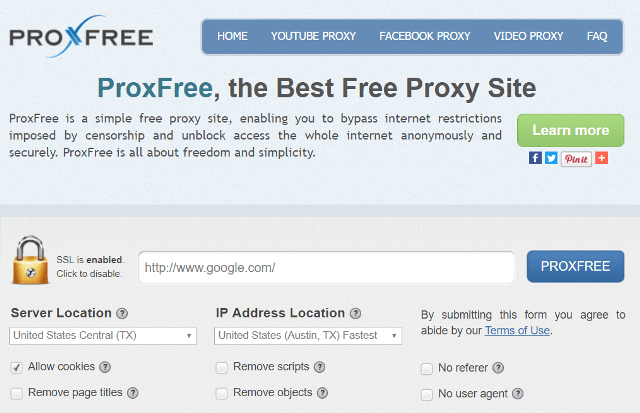

- #Http proxy sniffer for free
- #Http proxy sniffer how to
- #Http proxy sniffer professional
- #Http proxy sniffer windows
Sometimes with the right hardware you can capture wireless traffic with Wireshark, if you search the internet there are a few how-tos on how to do this. Or you could get a router that lets you mirror all traffic to a port on it and plug a computer into that port running a tool like Wireshark. It enables the user to view HTTP, HTTPS, HTTP/2 and. Three, setup a new wireless access point that is connected to a hub and have the internet router connected to that hub and a computer connected to that hub running a tool like Wireshark. Charles Web Debugging Proxy is a cross-platform HTTP debugging proxy server application written in Java. Two, you could setup a computer as a gateway between the wireless router and the internet and have all traffic captured using a tool like Wireshark or tcpdump. One, you could setup a hub, not a switch, between the router and the internet and then plug a computer running a packet sniffer like Wireshark into another port on the hub. There are a few ways you could get the traffic: Later on, how to use advanced features provided in both applications – and how this can help to resolve issues involving ITS/WEBGUI.With the router you have, unless it allows you to mirror traffic to a port on it, wont let you do this.
#Http proxy sniffer for free
TRY FOR FREE Features Find and Fix Network Issues Debug the network traffic generated by a web page directly in the browser without having to switch to a separate tool. Let me show the differences between the traces – how to obtain the same information in both tools. Become a debugging and web performance guru with the ultimate in-browser HTTP sniffer.

There are other file format options, but there are information loss. The file can be saved with HWL format, which holds all the information. In IE, just click “Tools” -> “HttpWatch Professional” (“HttpWatch Basic” for the other version): The easiest way to record the trace using HttpWatch, is opening the plugin and press the record button – quite intuitive. You can come back later to continue the analysis:

#Http proxy sniffer windows
The problem I'm having is that some applications don't care what the Windows proxy settings say and always try to connect directly. So that every application that connects using that proxy sends the data through Fiddler. You can save the session using format SAZ – the default option. 3 As far as I understand Fiddler, it simply listens on localhost:8888 and changes the windows proxy settings to exactly that. Start recording (by pressing F12 again) and reproduce the issue in the web browser window.

#Http proxy sniffer professional
The Professional version allows you to open the traces and deep dive into analyzing the entries.īy simply opening Fiddler, the capture of the network traffic starts – independent of which web browser is opened! Just press F12 to stop the recording and delete the entries that might have appeared in the window.īe sure to close all the unnecessary web browser windows. Technical Notes Sharing a little bit about the package development, I would like to. The Basic edition allows you to record a trace, but you cannot analyze the trace (there is a limitation). Ive launched a few months ago Web Sniffer, a simple and clean web-traffic proxy sniffer written in typescript. The HttpWatch tool has two versions: Basic and Professional. There is no support for new Firefox releases. It installs a plugin for the support web browsers: Internet Explorer 8 to 11 and Mozilla Firefox 32 to 40. There is no limitations in the free version. Installing Fiddler allows you to record an HTTP trace using Internet Explorer, Firefox, Chrome and Safari.įiddler is free, but offers a Enterprise Support subscription. It is installed independent from the web browser used. I will present two of the most popular sniffers, Fiddler and HttpWatch, showing the differences among them.įiddler is a web debugging proxy tool. When there is an issue involving the screens rendered via ITS service or via WEBGUI, an HTTP trace can help finding the solution for the issue.


 0 kommentar(er)
0 kommentar(er)
